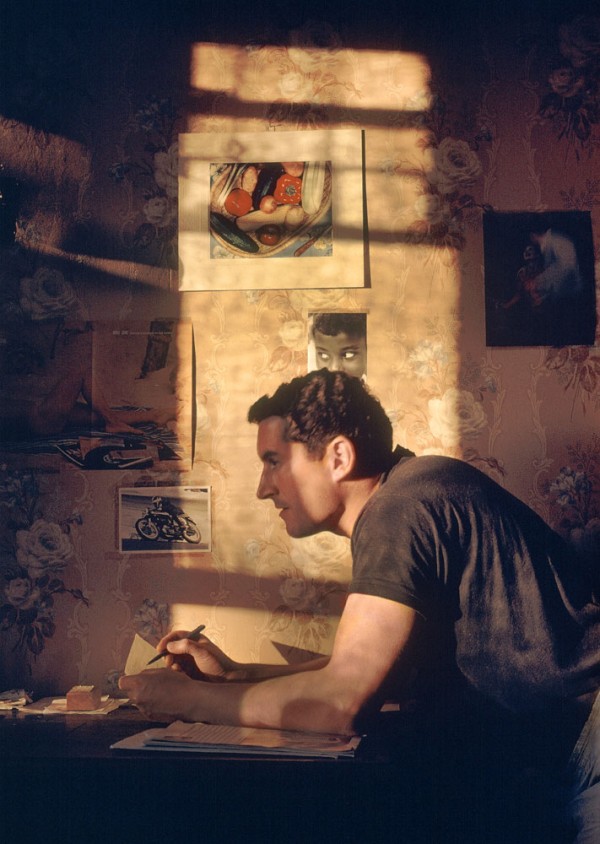Obituary: Fred Herzog
Obituary: Fred Herzog
Fred Herzog
September 13, 2019
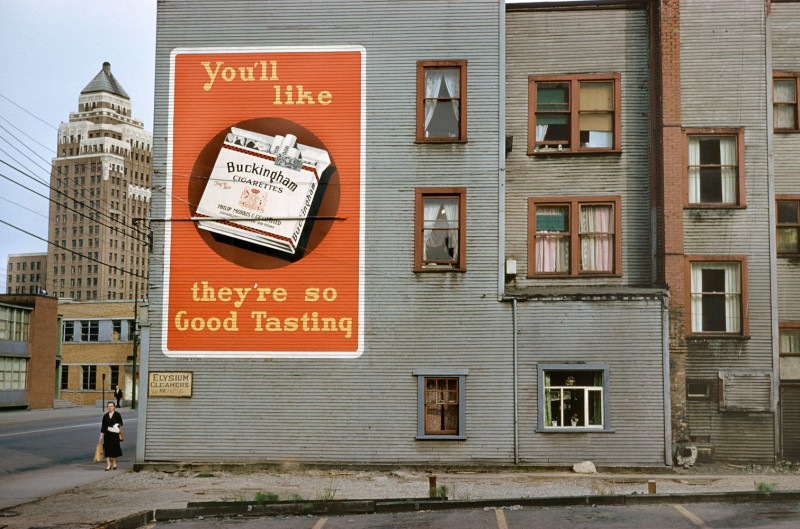
Elysium Cleaners,1958 © Fred Herzog und Equinox Gallery
Kodachrome film had existed since 1935. It was an extremely fine-grain, nuance-rich, and above all colour-stable slide film, which was produced in particular for the amateur market and home slide projectors.
This type of film turned out to be the ideal material to capture the photographer's preferred motifs: the colours of streets and houses – in particular bright paints that had been weathered down to muted tones –, the subtle structures found in wood and stone, as well as the nuanced shading of materials and skin in portrait pictures. The film's only drawback – not being particularly light sensitive, thus needing long exposure times – was something that Herzog used to his advantage: he preferred to spend plenty of time observing, was frugal in the number of pictures he took, and, thanks to his training, was able to hold his Leica perfectly still, even when photographing at night in neon light, with an exposure time of half a second.
Herzog was not looking for the “decisive moment” à la Henri Cartier-Bresson, but was more interested in the historic growth of the city of Vancouver, as well as the chance, spontaneous situations taking place on the street. As a result, his inimitable body of work grew steadily over the years. Working on his own initiative, without deadlines or requirements laid down by third parties, he was free to follow his own interests and aesthetic convictions. “I wanted to show the world the way it is,” he said, explaining his reason for working in colour. Though discovered only later, the motifs captured in his adopted home town of Vancouver, make up some of the most significant series from the early years of colour photography.
Fred Herzog+-
Born Ulrich Herzog in Bad Friedrichshall by Stuttgart on September 21, 1930, he emigrated to Canada in 1952 after the early death of his parent, living first in Toronto and Montreal, then Vancouver as of 1953. He worked there as a medical photographer in a hospital, till moving to the University of British Columbia in 1961, where he set up a Medical Technology Photographic Documentation department. His first Leica was an M3, which he purchased in 1957; later on he also acquired a Nikon F. The diversity of his colour photography was only discovered in later years, but was then widely published and exhibited. Herzog died in Vancouver on September 9, 2019.
Book recommendation:
Fred Herzog: Modern Color (with text by David Campany, Hans-Michael Koetzle and Jeff Wall), 320 pages, 264 colour and black and white images, Hatje Cantz 2017
LFI presented a comprehensive portfolio of Fred Herzog in its 5/2017 issue. More

Elysium Cleaners,1958 © Fred Herzog und Equinox Gallery

Family, 1967 © Fred Herzog and Equinox Gallery

Main Barber, 1968 © Fred Herzog and Equinox Gallery
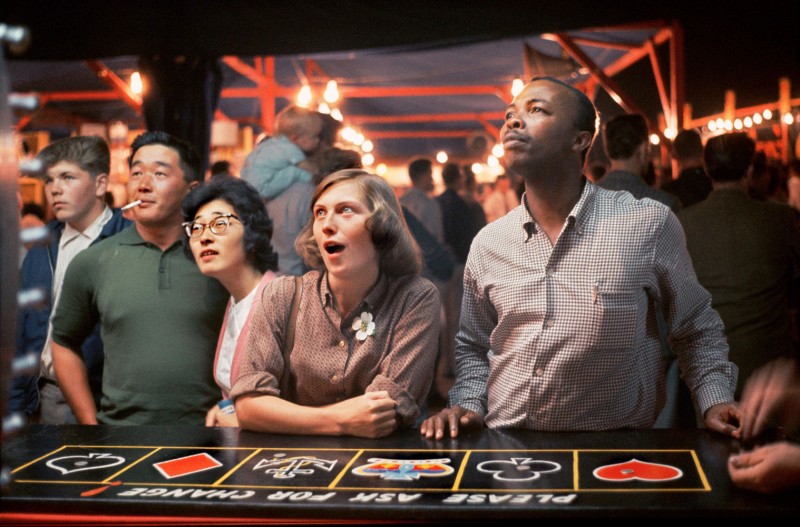
Jackpot, 1961 © Fred Herzog and Equinox Gallery
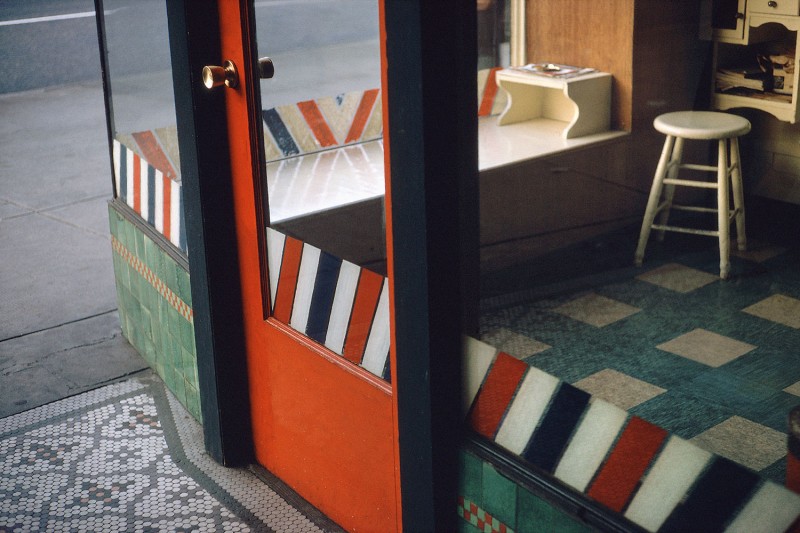
Empty Barber Shop, 1966 © Fred Herzog and Equinox Gallery
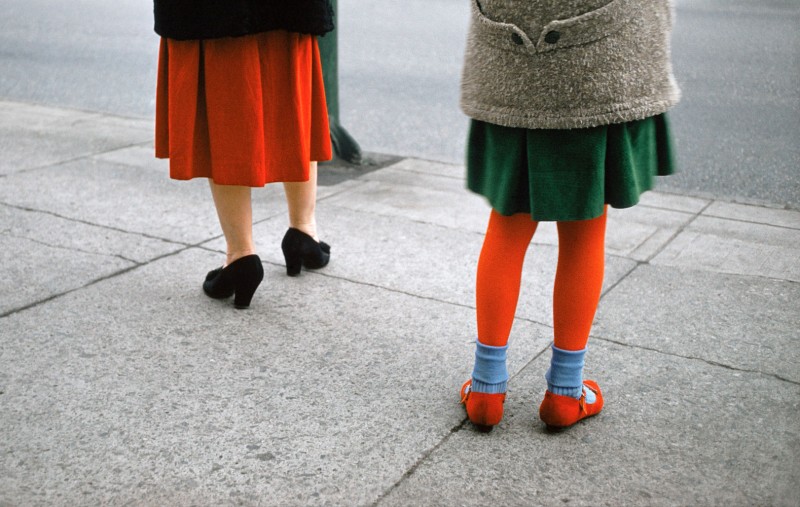
Red Stockings, 1961 © Fred Herzog and Equinox Gallery
